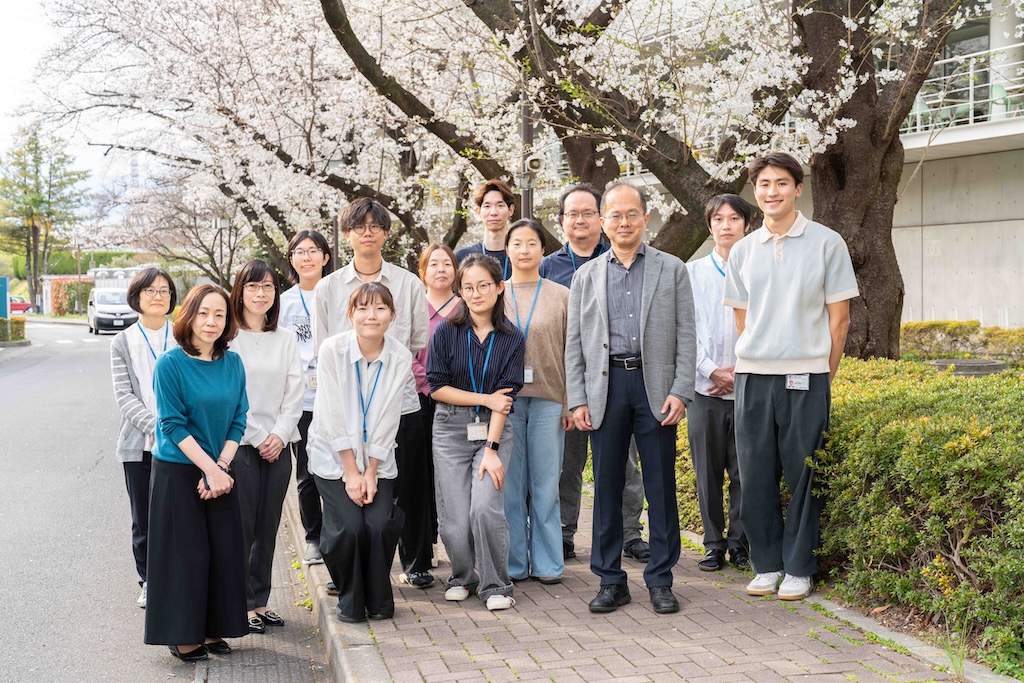Laboratory for Neural Stem Cell Research
Team Director Ryoichiro Kageyama, who heads the Laboratory for Neural Stem Cell Research which moved from RIKEN Center for Brain Science (CBS) in April 2025, also leads the Center for Biosystems Dynamics Research (BDR) as the Center’s second Director.
When asked for some words of wisdom for researchers at BDR, he shared, “Keep challenging yourself. It is when you are facing difficulties that you are more likely to make unexpected discoveries.”
Before establishing your laboratory at RIKEN, where and what kind of research were you doing?
Before RIKEN, I was carrying out research on developmental rhythms at the Institute for Frontier Life and Medical Sciences, Kyoto University. Gene expression is generally considered to be regulated by two major types of rhythms. Following birth, the circadian clock generates changes in gene expression levels in an approximately 24-hour cycle to regulate day and night activities. In contrast, the circadian clock does not function during the embryonic period before birth, and there is a species-specific developmental rhythm. In mice, this is a two-hour cycle and in humans, it is a five-hour cycle. The somites from which vertebrae, ribs, and skeletal muscles are derived form in pairs from the anterior to posterior direction according to this developmental cycle. A similar rhythm has been found to be important for neural stem cell proliferation. We were conducting research to uncover the underlying mechanism and role of this developmental rhythm.
What kind of research are you aiming to conduct at RIKEN?
Neural stem cells can be found in the adult brain, but many of them are in a quiescent state and cannot readily generate new neurons. While developmental rhythm do not function in these adult brain neural stem cells, we have previously shown in experiments using aged mice that when this rhythm is artificially induced in these neural stem cells, they begin to actively generate neurons and show improvement in cognitive function and memory. We are planning to advance research into the clinical applications of this technology. Additionally, we are planning to investigate the mechanisms of developmental rhythm and its role as there is still much that remains unknown.
What is the composition of your lab members like?
There are four research scientists, four graduate students, two international exchange students, one agency staff, and an assistant. Our team’s strength lies in our unique techniques such as live imaging of gene expression displaying short-periodical rhythms and optogenetic induction of short-periodical gene expression rhythms.
Is there anything that you have been hooked on lately?
Brisk walking. It has been reported that walking at a fast pace can activate adult brain neurogenesis and improve memory and cognitive function.
Is there anything that you enjoy or that surprised you coming to Kobe?
Kobe is a fashionable and pleasant city to live in. It’s fun to walk around Kobe with both the sea and the mountains being close by and the many different stores around the city.
What type of people do you want to join your lab? Please give us a few words to those who would like to join the lab?
Research is a succession of failure, but those are times that can lead to unexpected findings. It’s important to have the mindset to continue pursuing challenges without being discouraged by failure.
